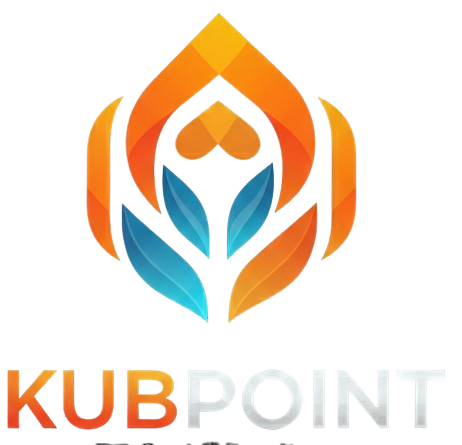Transient failures happen — in the cloud (Azure SQL) and on-prem. A resilient connection strategy lets your app recover gracefully instead of crashing: it waits smartly, retries safely, and doesn’t pound the database when it’s truly unavailable. Why care?Less downtime during patching/scaling/failoversSmoother UX — fewer “please try again” moments for usersOperational robustness against brief network glitches and load spikesFewer cascading errors — keep transactions consistent and data cleanTransient vs. persistent errorsTransient errors (good candidates for retry):Brief network interruptions“Server busy”/throttlingDeadlocks or timeouts due to temporary loadFailovers during maintenance/patchingPersistent errors (should fail fast):The point: classify the error, then do the right thing. Retries…
Author: drweb
In Linux and other Unix-like operating systems, the init (initialization) process is the first process executed by the kernel at boot time, which has a process ID (PID) of 1, and is executed in the background until the system is shut down. The init process starts all other Linux processes, that is, daemons, services, and other background processes; therefore, it is the mother of all other processes on the system. A process can start many other child processes on the system, but if a parent process dies, init becomes the parent of the orphan process. Over the years, many init…
A new study from the University of Sydney, UESTC, and Google introduces efficient end-to-end encryption for Git services like GitHub and GitLab. Learn how this breakthrough could secure your code repositories without slowing development.
Spacelift today unfurled an open source agentic artificial intelligence (AI) framework for managing infrastructure that eliminates the need for a developer to write any Terraform or OpenTofu code. Marcin Wyszynski, chief research and development officer for Spacelift, said instead of generating code Spacelift Intent translates requests directly into an application programming interface (API) that interacts […]
It’s that time of the month, and I’m late. My apologies. I had a mix-up with a host and was on vacation all last week, so no invite.I’m extending T-SQL Tuesday #191 a week to have people write on Oct 21, 2025. My apologies. The invite is below, something that’s been on my mind with all the AI work I’ve been doing, but I thought I’d ask about something more SQL related.I’m looking for hosts for 2026. Blogging is a great way to grow your brand and help you impress potential future employers.Your Favorite String Parsing RoutinesOne of the things…
The use of artificial intelligence brings high hopes and expectations in the technological world, promising changes to the way businesses operate. A staggering 79% of companies are now or will be using AI within the next year, according to an August 2025 survey from OpenText and the Ponemon Institute. AI’s rise is especially prevalent in the software development sector, and in particular in the area of developer […]
Google’s Gemini CLI extensions framework enables developers to integrate external tools like Figma, Stripe, Postman, and Dynatrace directly within the terminal. Built on the Model Context Protocol (MCP), the system reduces context switching and boosts DevOps productivity through AI automation.
It was only a few years ago that perhaps the biggest hurdle for DevOps advocates was convincing leadership that it was worth the investment. That conversation has since shifted. In most organisations today, the value of faster releases, tighter feedback loops, and closer collaboration between development and operations is obvious. The challenge is no longer […]
Grafana Labs this week made generally available an artificial intelligence (AI) agent, dubbed Grafana Assistant, for its namesake dashboard in addition to previewing Grafana Assistant Investigations, an AI incident management tool that analyzes the observability stack, generates findings and hypotheses, and surfaces actionable recommendations for mitigation and remediation. Announced at its ObservabilityCON 2025 conference, Grafana […]
When you use a casino website, the frontend (what you click, what you see) is only half the story. Behind the scenes, there’s a backend that tracks user balances, accepts bets, resolves game outcomes, and handles requests like placing a bet or withdrawing funds. Your job is to build the plumbing so that everything stays consistent, reliable, and fair. A bug there can mean money disappears or users cheat.You’ll see two main frameworks people pick in Python for web backends: Flask and Django. Each has its trade-offs, flexibility versus built-in features. Later on, I’ll sketch how minimal architecture might look.Flask…
